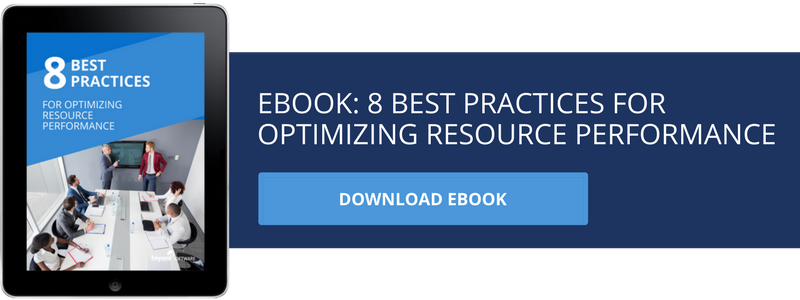Every project, large or small, usually has a budget attached, the adherence to which is often the critical element of the project's success. While development of the overall project management plan (PMP) incorporates all the varied aspects that will go into the completed piece, having a dedicated cost management plan (CMP) embedded within the larger PMP gives leadership better control over that aspect of the project process. Comprehensive CMPs include all of the elements necessary to manage overall project finances from beginning to end.
Fundamentals of the Project Cost Management Plan (CMP)
The CMP incorporates a broad overview of who will manage project costs, as well as the details of each separate cost factor as those emerge.
Who's in Charge
Whether it's an ongoing project that evolves over time or a one-time event, there should always be a dedicated person or committee that is ultimately responsible for managing project costs. Many (if not most) projects run into challenges that affect costs, and changes to budgets should only happen after the management team evaluates how the change might affect all related expenses and processes.
Levels of Project Cost Management
Project cost managers do more than just plan and direct the budget; they are also responsible for managing project financials from the start to the end of the project process. When creating a CMP, be sure to identify the person(s) who
-
will oversee periodic accounting of project expenses. Unrecognized expenditure overages at any time in the project can throw the entire budget off course if there is no one responsible for taking notice of them.
-
will authorize (and justify) project budget changes. These reports should include the reasons for the changes, how the change influences the project as a whole, and how the changes impact the final budget.
-
will be responsible for the reconciliation of the estimated costs with actual expenditures during and at the end of the project. Some project managers may make the decisions but have an accounting team follow through with data collection and reporting.
Who and What it Covers
The CMP acts as a guide for all the disciplines working on the project. If it's a professional services project, then the CMP would include the costs attributed to staff, professionals, third-party vendors, etc. The CMP should include the (accurate) cost estimates of both the actual materials and work to be done, as well as the administrative and oversight costs incurred over the life of the project.
As an additional control, some managers break project costs into classifications. Each classification identifies a specific aspect of the project and its related budget estimate. Some classes may call for a wider estimate range, which gives management more flexibility within the overall budget, while others are capped at a specified level that won't impinge on the project as a whole.
The Project Timeline
Larger projects are often also complex, and many factors play into developing the project's schedule. The adage, "time is money," is definitely relevant when planning a cost estimate for the time needed to complete a complex project. Therefore, the CMP should attempt to quantitatively measure the desired performance and proposed completion date of each aspect of the project and incorporate that projected budget into the overall project budget.
Establishing incremental benchmarks and the identity of the people responsible for meeting and reporting benchmarks is critical to keeping the tasks on track.
Management can make accommodations to both the schedule and the budget as delays or changes are reported and/or become necessary.
CMP Data Management
Finally, the CMP should also identify the formatting, content, and frequency of reporting to be used by all project participants to ensure clarity and comprehension across the project enterprise. Especially for projects with multiple entities involved, timely reports about schedules, completions, and other project sectors allow everyone concerned to coordinate individual efforts to coalesce with team goals.
Two Additional Tips for Developing a CMP
Every project is different, so every CMP is different. Some managers approach the CMP development processes using these techniques:
1. They Create a "Work Breakdown Structure"
Projects start with an idea, and many managers imagine the thought as it might occur in reality. They may not, however, yet know how that idea will eventually manifest into a workable asset. Accordingly, they create a working plan that incorporates their vision of what the end result might be and include as many imagined elements that may help others to see and comprehend the idea. This "Work Breakdown Structure" can be a diagram, outline, series of images, or any other communication that informs others of the possibility that the idea might offer. From this beginning, the project and its related CMP can emerge.
2. They Simplify with (Project Accounting) Software
Forward-thinking managers access dedicated CMP programming and software. Technology devoted to a CMP is designed to incorporate all relevant data within the project's working database. Historical or legacy data can inform users of how previous challenges were managed, and suggest solutions to current or future concerns. And applying a digital strategy incorporates the entire project population, facilitating the data collection and reporting activities, as well as the communications, accounting, and reconciliation functions.
Related: What is project-based accounting?
Today's project cost management technology ensures projects can come in on time and on budget, with a comprehensive record of where that budget was spent.
For additional information on Beyond Software please contact:
Nicole Holliday
nholliday@beyondsoftware.com
866-510-7839



